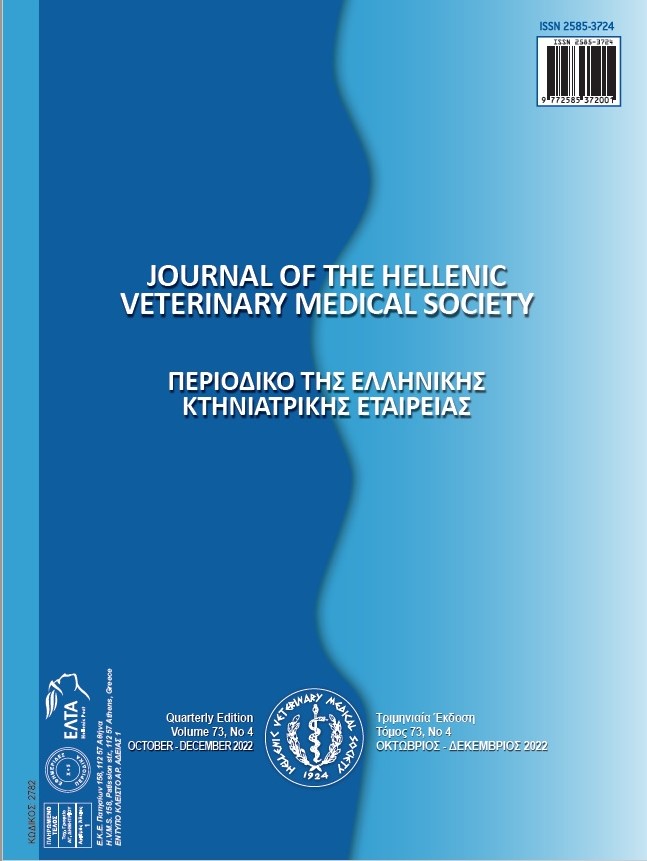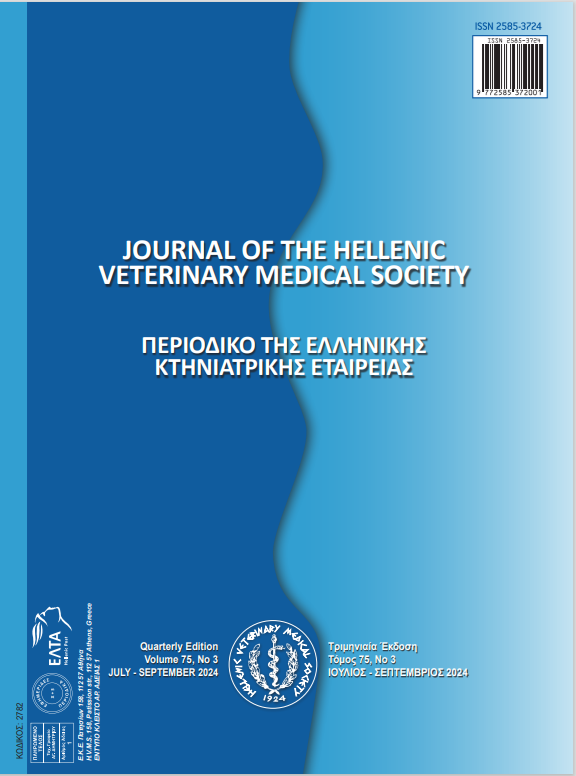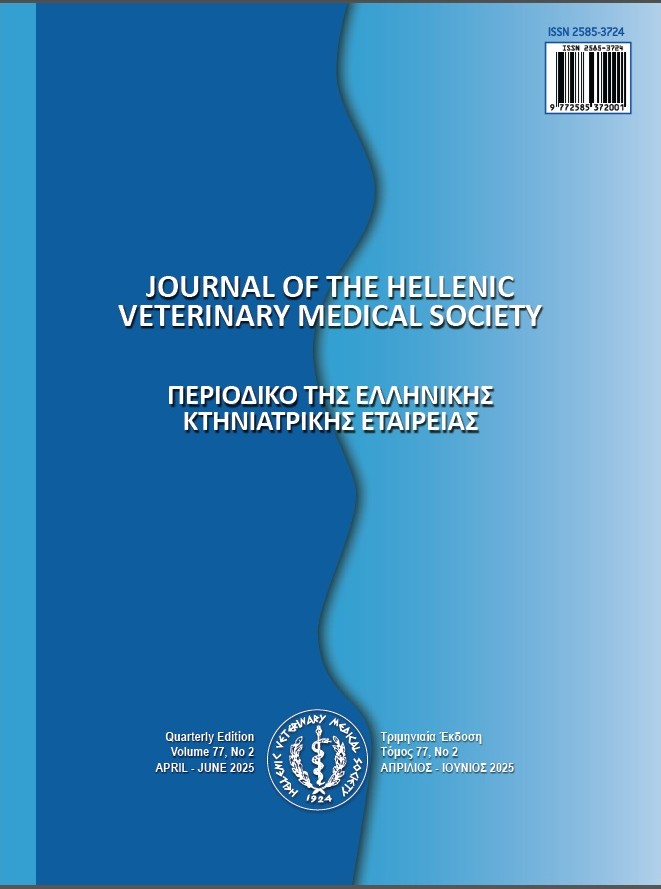Detection of Quorum Sensing System (Cell to Cell Communication) Using Marker Strains in Vibrio alginolyticus Strains and Determine Virulence under Master of this System
Аннотация
ABSTRACT
There are intercellular communication and social behaviors, including Quorum Sensing System (QS) in bacteria. The present study aims to investigate the production of QS signal molecules (N-acyl homoserine lactones, AHLs) in bacterial fish pathogen Vibrio alginolyticus (3 strains) and also determine the virulence using these AHLs under the management of the QS in V. alginolyticus. QS of V. alginolyticus was proved by cross validation assay used by AHL marker bacteria strains (Agrobacterium tumefaciens NT1 and Chromobacterium violaceum CV026). V. alginolyticus was not produced N-butanoyl homoserine lactone (BHL), while N-(3-okzododekanoyl)-L-homoserine lactone (OdDHL) production was detected in V. alginolyticus. The presence of virulence factors, such as biofilm, pigment, rhamnolipid, hemolysis, elastase, protease and amylase production, was investigated as phenotypically in V. alginolyticus. V. alginolyticus was found to produce biofilm, pigment, amylase and elastase; however, it was not determined to produce rhamnolipid, hemolysis and protease virulence.
Article Details
- Как цитировать
-
Filik, N., & Kubilay, A. (2023). Detection of Quorum Sensing System (Cell to Cell Communication) Using Marker Strains in Vibrio alginolyticus Strains and Determine Virulence under Master of this System. Journal of the Hellenic Veterinary Medical Society, 73(4), 4945–4956. https://doi.org/10.12681/jhvms.28525
- Выпуск
- Том 73 № 4 (2022)
- Раздел
- Research Articles

Это произведение доступно по лицензии Creative Commons «Attribution-NonCommercial» («Атрибуция — Некоммерческое использование») 4.0 Всемирная.
Authors who publish with this journal agree to the following terms:
· Authors retain copyright and grant the journal right of first publication with the work simultaneously licensed under a Creative Commons Attribution Non-Commercial License that allows others to share the work with an acknowledgement of the work's authorship and initial publication in this journal.
· Authors are able to enter into separate, additional contractual arrangements for the non-exclusive distribution of the journal's published version of the work (e.g. post it to an institutional repository or publish it in a book), with an acknowledgement of its initial publication in this journal.
· Authors are permitted and encouraged to post their work online (preferably in institutional repositories or on their website) prior to and during the submission process, as it can lead to productive exchanges, as well as earlier and greater citation of published work.






